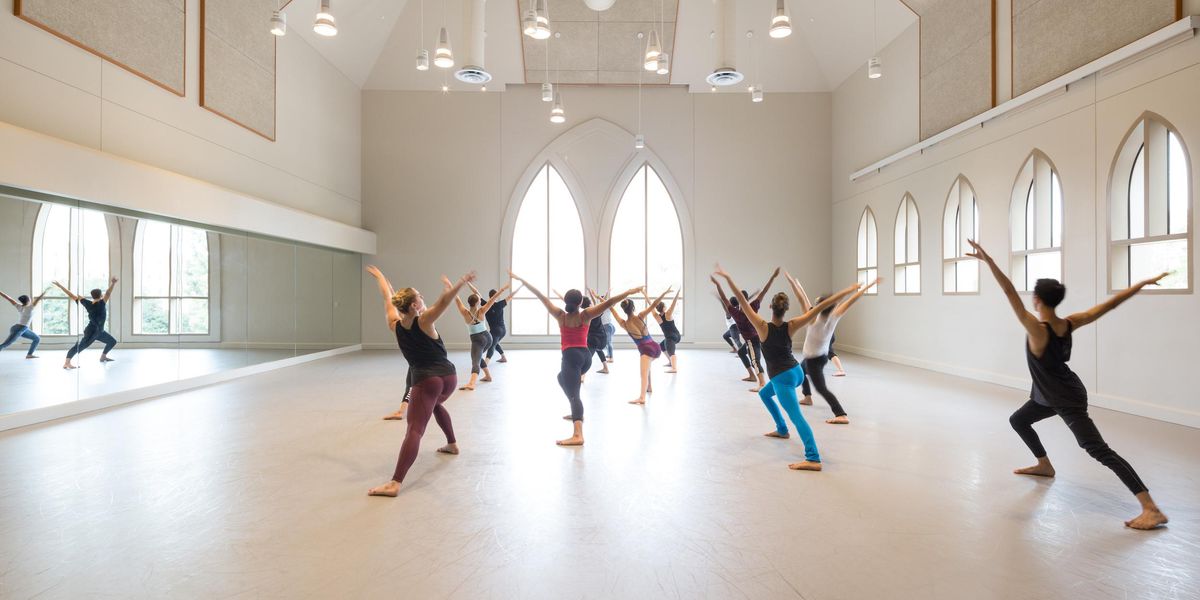What Makes a Dance Documentary Captivating?
Just as a dancer shapes a phrase with tension and release, a documentary filmmaker often gives equal weight to obstacles and triumph. The maker of Mr. Gaga, Tomer Heymann, took nine years to convey the layers of Ohad Naharin’s art—and the depth of confusion he stirs within us. In 2009’s The Last Tightrope Dancer in Armenia, Inna Sahakyan made viewers care about an obscure subject by showing a poignant student/mentor relationship between two tightrope dancers. A good documentary can cover any genre of dance, but what does it take to make a film grab the hearts and minds of its audience?
Capturing the Ephemeral
We can never actually capture a dance, so much as create an homage to it. A documentarian though can transmit an artist’s magnetism with the collaboration of a great team and the skill of a storyteller. Lighting is a filmmaker’s paint. It adds art, style, depth and heart to every scene. Framing and angling the camera in certain ways can clarify the emotional arch of a moment or phrase. Audio can emphasize the natural sounds of a dancer’s feet and breath, bringing us closer to them. And editing the footage is an art similar to choreography; it demands musicality and a gift for suspense.
Beyond Interviews and Performance Footage
In La Chana, one of five documentaries nominated for the 2017 European Film Awards, director Lucija Stojevic evokes the mysteries of rhythm, the spirit and the power of silence, while taking us under the skin of a mature flamenco dancer named La Chana. Rather than simply weaving together performance footage and interviews—the architecture of many documentaries—Stojevic creates a sense of intimacy with her subject. She captures both her vulnerability and her strength, juxtaposing La Chana’s everyday life with her ecstasy in performance, creating an emotional wave that reverberates with the viewer.
Making Dance Matter to Non-Dancers
As Libby Geist, executive producer for ESPN Films, says, a documentarian always has to look for great stories but then think from the perspective of the viewer barraged by data and ask “So what?” Keeping in mind why a particular ballet, dancer or company is magical, a filmmaker might pinpoint something of universal interest or cultural relevance, so that their documentary reaches an audience beyond dance lovers. If the creative team takes the time to question and probe, examine the footage, and, most importantly, gain the trust of the artist, the essence of the artist will reveal itself so that the answer to the question of “Who cares?” will be “Everyone!”
Respecting the Process
Often a documentary takes years to complete, either because of fundraising difficulties or because the kundalini of the film is just not rising. Only towards the last months of editing did Dayna Goldfine and Dan Geller, the team behind award-winning Ballets Russes (2005), find a way to make audiences feel the joy of these historical ballet performers. As curators and programmers often say, within every dance film is a shorter film crying to come out.
Telling Dancer-Driven Stories
Stojevic initially took on the task of creating La Chana with the understanding that she was going to unfold the untold reasons behind the disappearance of this self-taught prodigy in her prime. However, during the course of filming, she learned that La Chana wanted to focus on her spirituality. “I was born to dance,” she says in the film. “When I dance, I am in my light.” The details of the domestic violence that cut her down as a younger woman are largely skirted. But she hints at her years of despair and the physical woes of aging just enough to make us rejoice over her triumphant stage comeback. An emotionally courageous film celebrates an artist’s connection with their soul, and makes us consider our own.




